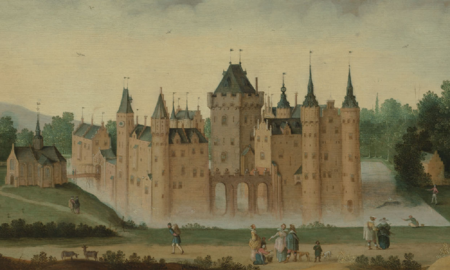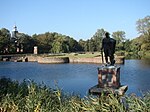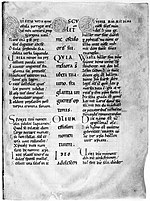Egmond Castle
Castles in North HollandCounts of EgmontHouse of EgmondRijksmonuments in North HollandRuined castles in the Netherlands

Egmond Castle (Dutch: Kasteel Egmond), also called the Ruins of Egmond (Dutch: Ruïne van Egmond), is a ruined medieval castle in the Dutch province of North Holland. It is located in Egmond aan den Hoef in the municipality of Bergen and lies about 7 kilometres (4.3 mi) west of Alkmaar. The castle dates from the 11th century and is the ancestral seat of the Egmond family, whose members became sovereign Dukes of Guelders, Counts of Egmond and Princes of Gavere, Counts of Buren and Leerdam. It is a national monument of the Netherlands.
Excerpt from the Wikipedia article Egmond Castle (License: CC BY-SA 3.0, Authors, Images).Egmond Castle
Slotweg, Bergen
Geographical coordinates (GPS) Address Nearby Places Show on map
Geographical coordinates (GPS)
| Latitude | Longitude |
|---|---|
| N 52.621955 ° | E 4.654175 ° |
Address
Ruïne Kasteel Egmond
Slotweg
1934 CJ Bergen
North Holland, Netherlands
Open on Google Maps









